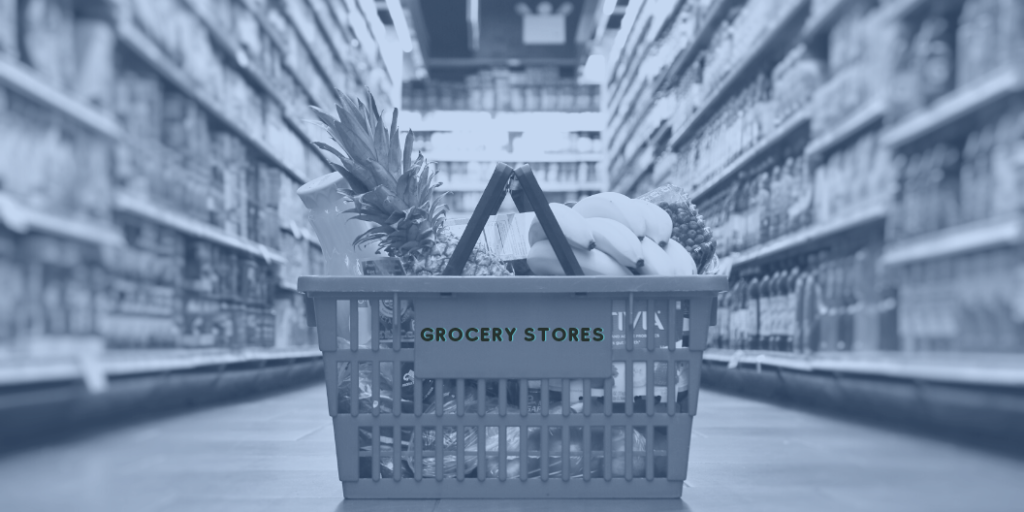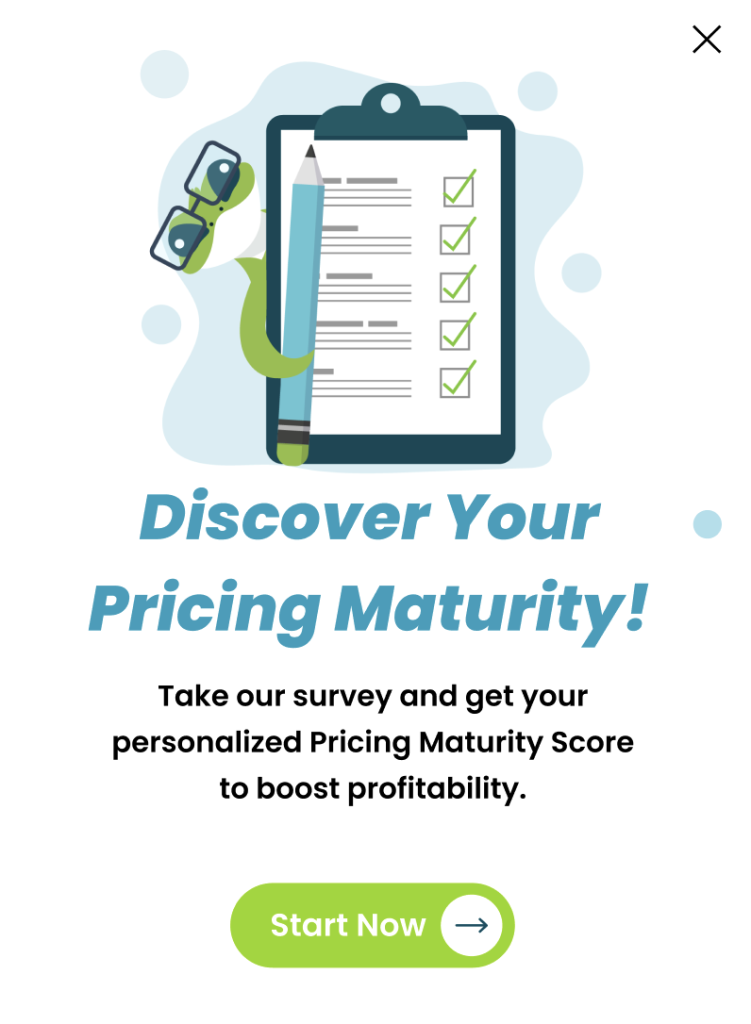Data is growing in volumes, and more data is becoming available from diverse sources. According to Gartner, Augmented Analytics utilizes tools like machine learning and artificial intelligence to assist with data preparation, insight generation and insight explanation to augment the way businesses analyze and use data.
For retailers, the use of augmented analytics has some very real growth possibilities. AI tools can recognize hidden patterns in sales, customer behavior, or inventory management, and guide the retailers on the most effective approaches and deployments for managing business.
In April 2019 Gartner published Top 10 Data and Analytics Technology Trends That Will Change Your Business. In it, they found that augmented analytics will help find and surface important insights or changes in business and optimize decision making.
Insights for Dynamic Pricing
Insights is really the key piece to augmented analytics. Retailers generally have access to more data than they can manage. They can track all types of consumer behavior, measure inventory levels, and purchase row upon row of competitor pricing excel sheets.
The challenge they face is turning that data into actionable insights.
For retailers looking to optimize their pricing, augmented analytics gets deep into the data relating to a sale and can automatically recommend pricing increases or drops to close a sale.
To put it another way, effective dynamic pricing engines can analyze the data and predict when to offer discounts, what merchandise should be discounted, and calculate the minimum discount needed to close the sale.
Dynamic pricing is currently being used in ecommerce for nearly every type of consumer product. It’s also making its way into stores, especially ones the utilize electronic shelf labels. Grocery stores, toy stores, and electronic stores are all updating prices as a way to optimize profit levels.
The Risk of Being Left Behind
Retail, both in physical and ecommerce environments, is always tough. Mix in a global pandemic with its accompanying social distancing and unemployment, and it’s easy to see why so many retailers are looking for any edge they can find to increase sales.
As more retailers turn to augmented analytics like dynamic pricing, those who refuse to adopt artificial intelligence and machine learning tools will struggle to stay competitive.
For retailers to compete with the Amazon’s, Walmarts, and Targets of the world, they need to fully embrace augmented analytics, and use insights from the data to create the edge they need to compete.









